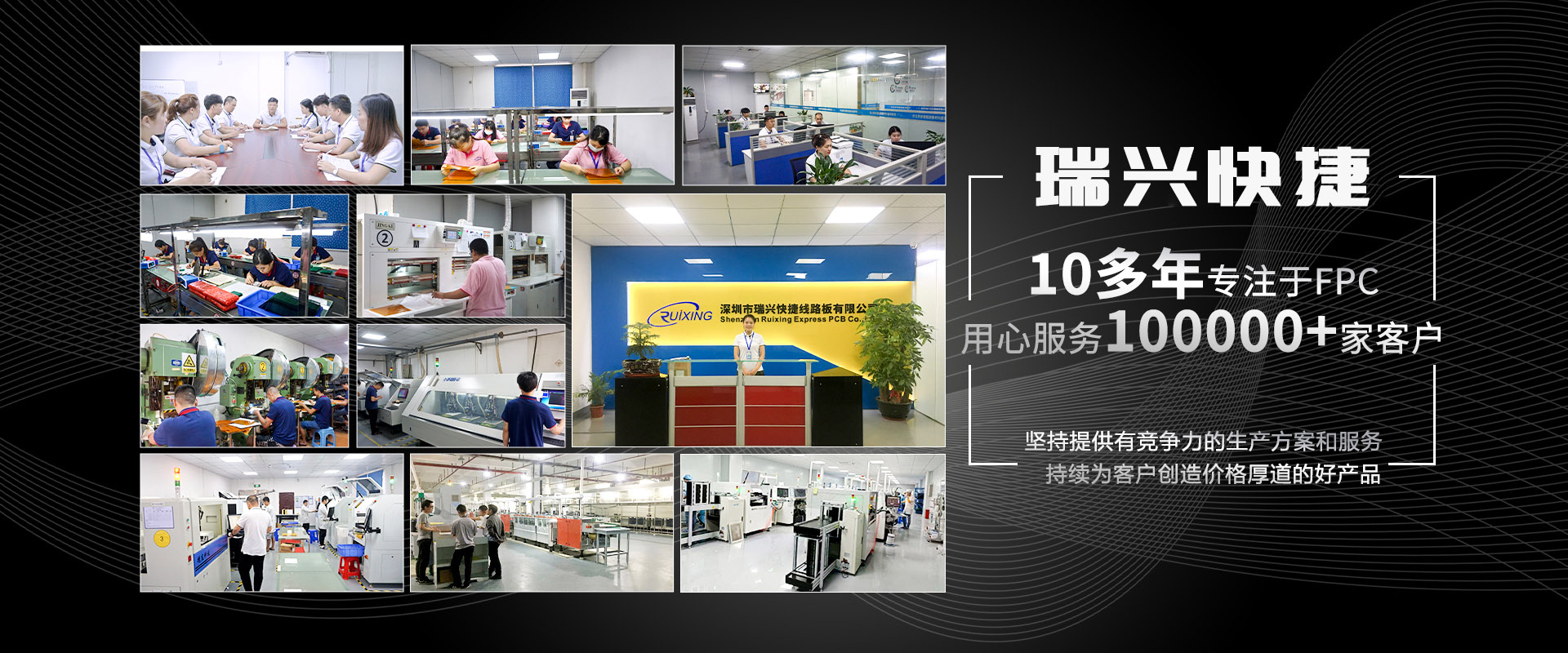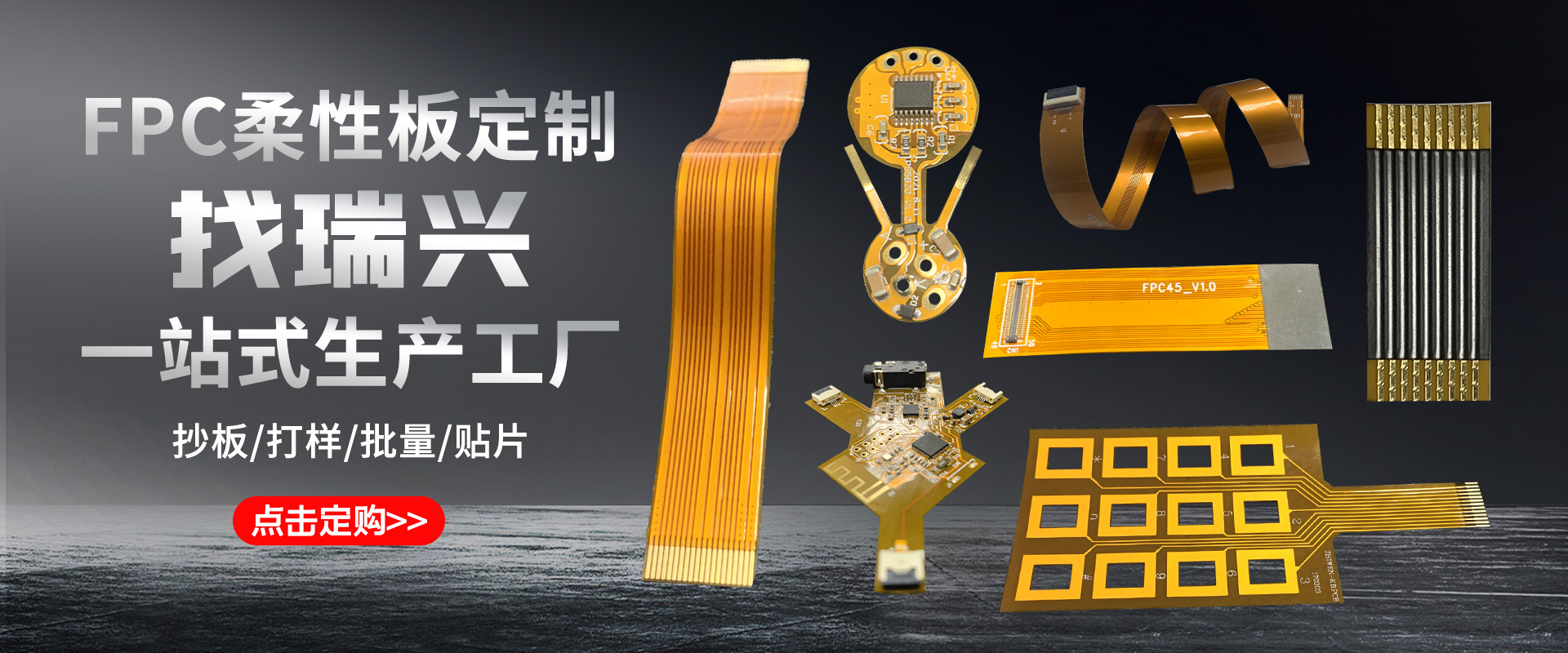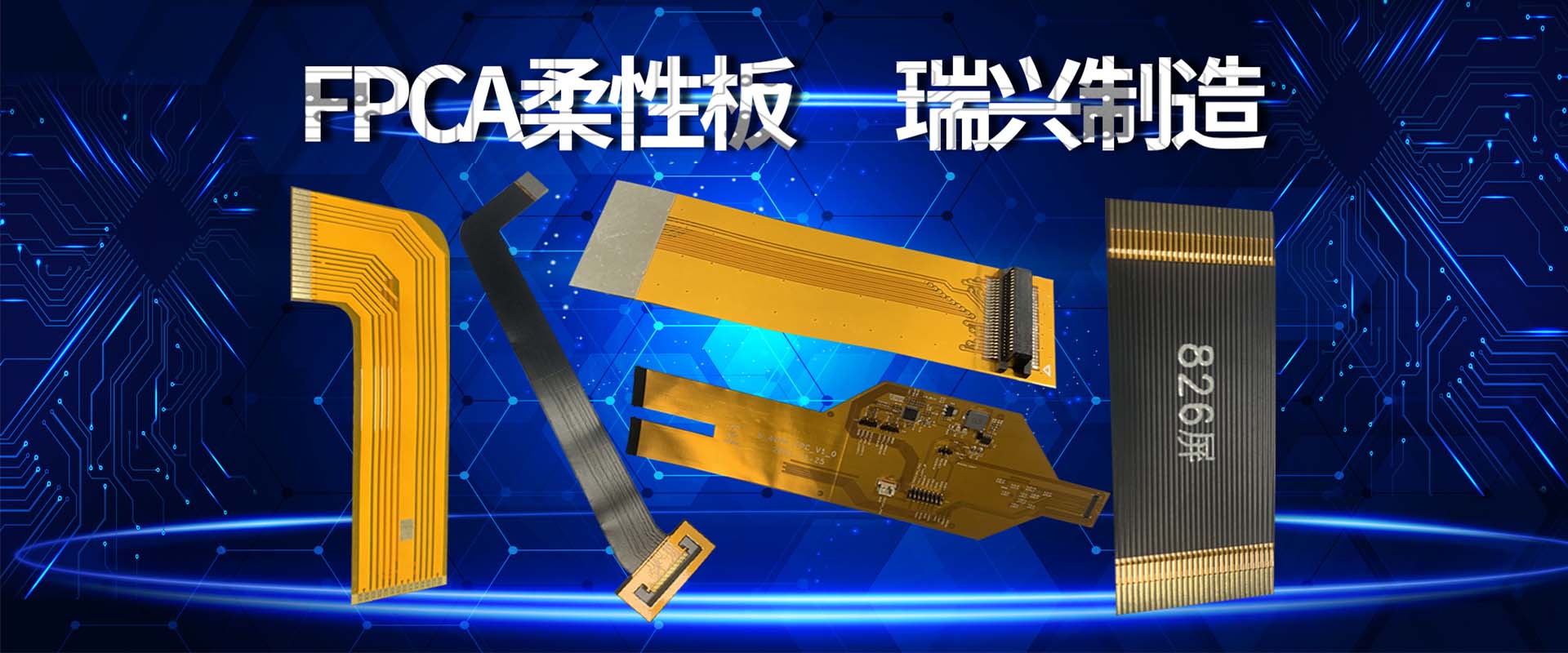
What are the characteristics of flexible circuit boards?
The most commonly used substrate for rigid printed circuit boards is woven glass fiber impregnated with epoxy resin. It is actually a type of fabric, although we call it "rigid", if you use a laminated layer, they have reasonable elasticity. This is a cured epoxy resin that makes the PCB circuit board more sturdy.
Due to the frequent use of epoxy resin in * * t SMT factories, it is usually used for organic rigid printed circuit boards. For many technological applications, this may not be flexible enough, but for simple components without fixed motion, this is appropriate. For most flexible circuit applications, plastics that are more flexible than regular network epoxy resins are required. The most common choice is polyimide, because it is very flexible, very tough (you can't tear it or obviously stretch it by hand, so that it can withstand the product assembly process), and also has very high heat resistance. This makes it highly resistant to multiple solder reflow cycles and quite stable in expansion and contraction caused by temperature fluctuations.
FPC flexible circuit board
Polyester (PET) is another commonly used flexible circuit material, but its resistance to high temperatures is not sufficient to withstand welding. I have seen this situation in very low-cost electronic products where flexible components have printed conductors (in which PET cannot withstand the heat of lamination), and it goes without saying that there is nothing welded to it - on the contrary, contact is generated by rough pressing and isotropic conductive elastomers.







